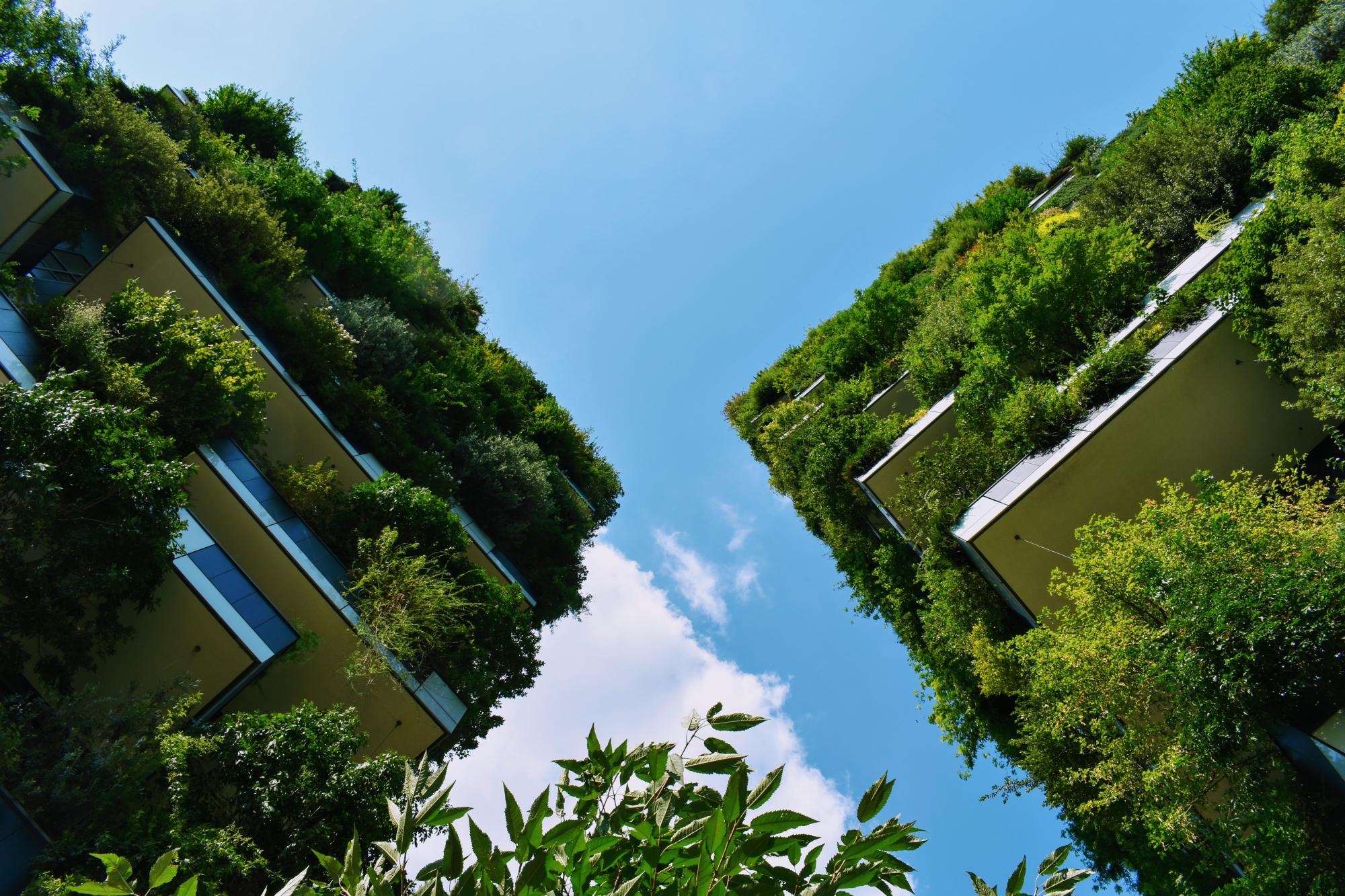Based on an urban regeneration project in the city district of Arrenberg, an association called “Awakening of the Arrenberg” formed in 2008, consisting of citizens, entrepreneurs and real estate owners seeking to transform their district. Under the umbrella of the project “climate quarter Arrenberg” initiated in 2014, whose goal is to make the district CO2 neutral by 2030, the development of a city farm covering 60,000 sqm on former railway premises - a Europe-wide unique project in urban farming – is one of their most important plans that make up their vision of becoming carbon neutral. (Ref. 1, 2 and 3). The goal of the farm is to produce healthy and locally produced food, while creating employment opportunities and remaining carbon-neutral, using power only from the sustainable power plant that will be installed for the project. (Ref. 2) In February 2020, the implementation has not yet started, but the “Awakening of the Arrenberg” association says the vision of the urban farm is stronger than ever before and that the project has received funding approval, with experts now working on feasibility studies. (Ref. 8).
Overview
Nature-based solution
- Grey infrastructure featuring greens
- Railroad bank and track greens
- Community gardens and allotments
- Allotments
- Horticulture
Key challenges
- Green space, habitats and biodiversity (SDG 15)
- Green space creation and/or management
- Regeneration, land-use and urban development
- Conversion of former industrial areas
- Promote natural styles of landscape design for urban development
- Economic development and employment (SDG 8)
- Economic development: industry
- Employment/job creation
- Sustainable consumption and production (SDG 12)
- Sustainable consumption
- Sustainable production
Focus
Project objectives
Implementation activities
Main beneficiaries
- Local government/Municipality
- Private sector/Corporate/Company
- Citizens or community groups
- Other
Governance
Management set-up
- Co-governance with government and non-government actors
Type of initiating organisation
- Non-government organisation/civil society
- Citizens or community group
Participatory approaches/ community involvement
- Crowd-sourcing/Crowd-funding/Participatory budget
- Dissemination of information and education
- Consultation (e.g. workshop, surveys, community meetings, town halls)
- Joint implementation (e.g. tree planting)
- Co-management/Joint management
Details on the roles of the organisations involved in the project
Project implemented in response to ...
Financing
Total cost
Source(s) of funding
- Public regional budget
- Funds provided by non-governmental organization (NGO)
- Crowdfunding
Type of funding
- Direct funding (grants, subsidies, or self-financed projects by private entities)
- Donations
Non-financial contribution
Impacts and Monitoring
Environmental impacts
- Climate change
- Reduced emissions
- Environmental quality
- Improved waste management
- Water management and blue areas
- Enhanced protection and restoration of freshwater ecosystems
- Green space and habitat
- Increased conversion of degraded land or soil
- Restoration of derelict areas
- Other
Economic impacts
- Increase of green jobs (e.g. paid employment positions)
- More sustainable tourism
- Increase in agricultural production (for profit or not)
- Increased market share for green economies
Socio-cultural impacts
- Social justice and cohesion
- Increased access to healthy/affordable food
- Increased sustainability of agriculture practices
- Health and wellbeing
- Improved physical health
- Cultural heritage and sense of place
- Protection of natural heritage
- Protection of historic and cultural landscape / infrastructure
- Increased sense of place identity, memory and belonging
- Increased awareness of flora and fauna as culturally and historically meaningful
- Education
- Increased support for education and scientific research
Type of reported impacts
Presence of formal monitoring system
Presence of indicators used in reporting
Presence of monitoring/ evaluation reports
Availability of a web-based monitoring tool
References
2. Source link and Sparkasse Wuppertal (2017) Gut für Wuppertal. 1. Stadtfarm Europas - Unterstütze die ‘Arrenbergfarm’! Available at: Source link [Accessed: 21 Sept. 2020]
3. Stadtteilbüro „Aufbruch am Arrenberg“ (2016c) Essbarer Arrenberg. Available at: Source link [Accessed: 21 Sept. 2020]
4. Stadtteilbüro „Aufbruch am Arrenberg“ (2016b) Die Stadtteilbroschüre »Was ihr wollt«. Available at: Source link [Accessed: 21 Sept. 2020].
5. Degenkolb-Degerli, J. (2016) ‘Wuppertal-Arrenberg: Das Klimaquartier’, Coolibri, 29 January. [Weblink unavailable in 2020].
6. Stadt Wuppertal (nd.) Stadtumbau West Elberfelder Nordstadt/Arrenberg. [Weblink unavailable in 2020]
7. M. Hasselkuß, M. Schmitt, T. Heller, O. Reutter (2018): Kartierung bürgerschaftlicher Initiativen in Wuppertal. Projektbericht KoSI-Lab
(AP 4.1), Wuppertal. Available at: Source link [Accessed: 21 Sept. 2020]
8. Westdeutsche Zeitung. (2020). Neuer Schwung für die Arrenbergfarm. [online]. Available at: Source link [Accessed: 21 Sept. 2020].
9. Source link. (2019). Arrenberg Farm. [online]. Available at: Source link [Accessed: 21 Sept. 2020].

